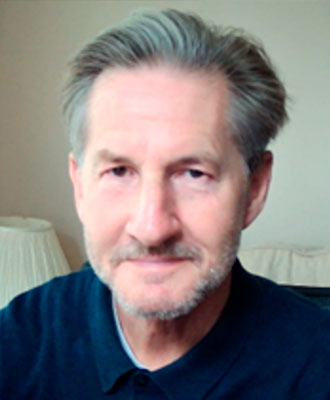Abstract
Results from any seismic inversion are inherently uncertain. Uncertainty arises from the difficulty in compensating for the missing low frequencies, the variability of the relationships between reservoir and elastic properties, errors in the seismic amplitudes and so on. Deterministic inversions may, in some situations, be accurate enough for their intended purpose, but often they will contain significant biases that can be hard to detect and which will render the results unreliable.
A process that can provide estimates of the probability of results allows for an assessment of their value and is hence fundamentally more useful. Bayes theorem provides the framework for such a process. However, while the theorem itself may be considered straightforward, adapting it to the specifics of seismic inversion is anything but.
The first proposals for Bayesian inversion schemes appeared in the late nineties but it is only in recent years that commercial applications have become available. During this time Bayesian experts have been acquiring a deeper knowledge of geophysics and geophysicists a deeper understanding of Bayes theorem resulting in a new fusion of ideas and new applications that have the potential to provide consistently reliable results.
In this 2-day course I will summarise the challenges of seismic inversion, explain the principles of Bayes theorem and describe the various ways it can be adapted for real-world problems. I’ll show how the various Bayesian algorithms deal with the specifics of seismic inversion for facies probabilities and describe the adaptions required by geophysics to ensure, for example, that the final result is a stable image.
This is an intermediate level course for participants with experience of seismic interpretation and analysis. Prior knowledge of probabilistic methods is not required. Excel-based exercises will be provided and a full set of PDF handouts.
Biography
Patrick Connolly is a consultant geophysicist specializing in seismic reservoir characterization. He retired from BP in 2015 as Senior Advisor for Geophysical Analysis. His primary occupation now is providing training courses for the industry. He is also a Visiting Lecturer at the School of Earth & Environment, University of Leeds, UK.
Patrick has over 40 years industry experience, including 15 years in research in both technology management and R&D project leadership, 10 years as an analyst/interpreter in exploration and appraisal teams in the North Sea/West of Shetlands, Gulf-of-Mexico and offshore West Africa, 10 years programming and 3 years as a data processor. He was awarded the 2001 SEG Virgil Kauffman Gold Medal for the development of elastic impedance. He was an EAGE Distinguished Lecturer in 2007, an SEG Distinguished Lecturer in 2010 and his presentation Probabilistic seismic inversion using pseudo-wells was awarded the 2017 SEG Best Paper at the Annual Meeting.





